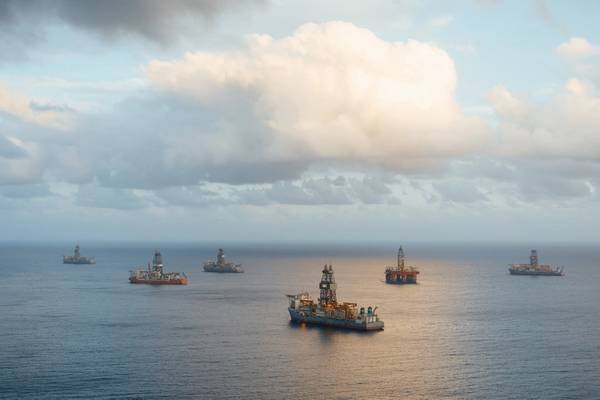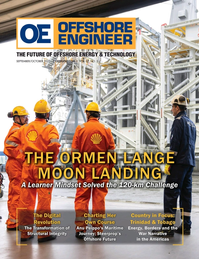The Future of Long-Idle Drillships: Cold-Stacked or Dead-Stacked?
By Sofia Forestieri, Senior Analyst at Esgian
May 2, 2025

© nikkytok / Adobe Stock

About the Author: Sofia Forestieri is a Senior Analyst at Esgian, specializing in offshore rig market analysis, energy economics, and sustainability. She has global experience in field operations and analytics. © Esgian









